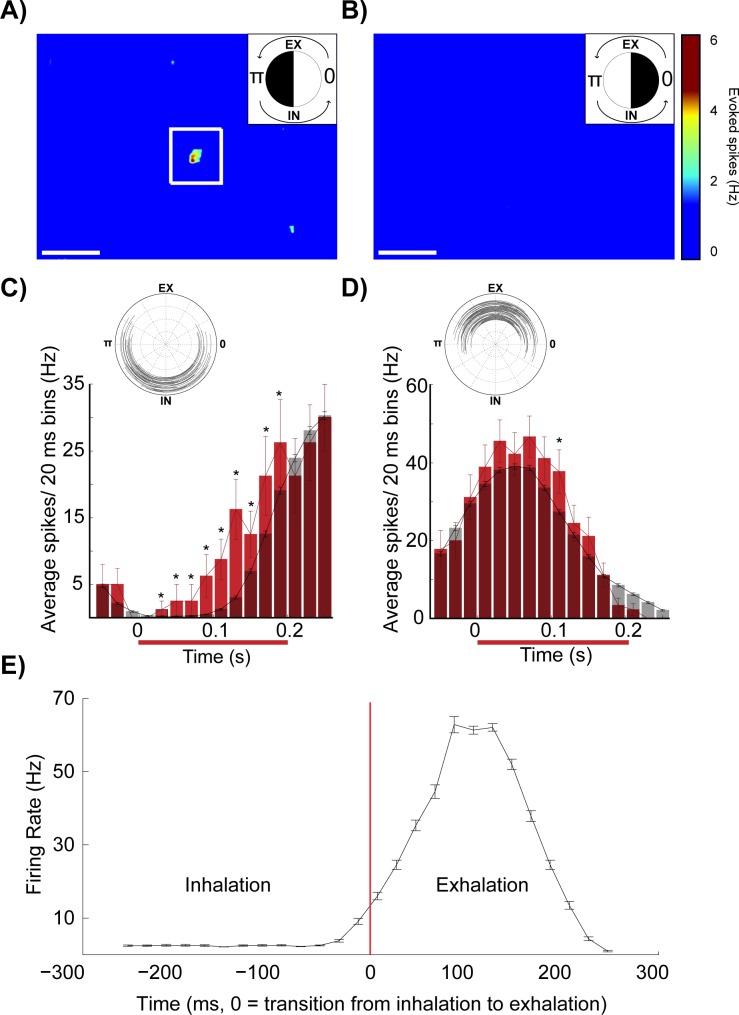Fig 2. Isolation of excitatory glomerular inputs in neurons with strong and regular respiratory activity.
Composite heatmaps of averaged evoked spikes evoked by overlapping light blocks presented to dorsal glomeruli (7,213 stimulations). Stimulations were grouped by their start times that fell within specific ranges of the respiratory cycle indicated by the upper right circle plots in each panel. Black coloring indicates the phase from which stimulation blocks were selected to generate the heatmap. (A) Stimulation onsets occurring during π +/- π/2 radians (3632 stimulations) and (B) occurring during 0 +/- π/2 radians (3,581 stimulations) are shown in these heatmaps with the average plus 1.5 SD of respiratory activity subtracted. White scale bars in panels A and B are 1 mm. (C) Peristimulus response histogram for stimulation onsets presented during the transition from exhalation to inhalation that hit the excitatory region of interest (white box in A). Grey bars represent control baseline activity when no stimulus was present. Red bars represent stimulated evoked responses. Inset represents stimulation periods (black lines, 36 stimulations, starting during 7π/6 +/- 5π/12 radians). This was the phase in which this MTC neuron responded best to primary excitatory glomerular input (ROI in panel B). (D) Similar to the peristimulus histogram presented in C, but stimulation onsets occurred during the transition from inhalation to exhalation (46 stimulations starting during π/6 +/- π/3 radians). All stimulation onset times were aligned to 0 on the x-axis in panels C and D. (E) The respiratory activity that was subtracted in panels A-D. Error bars equal to the standard error. *: P < 0.05. All firing rates were aligned to the transition from inhalation to exhalation (red bar, 0 ms). The x-axis in panels C-E is in real time. Stimulation onset is aligned to 0 in C and D; the transition from inhalation to exhalation is aligned to 0 in E.

